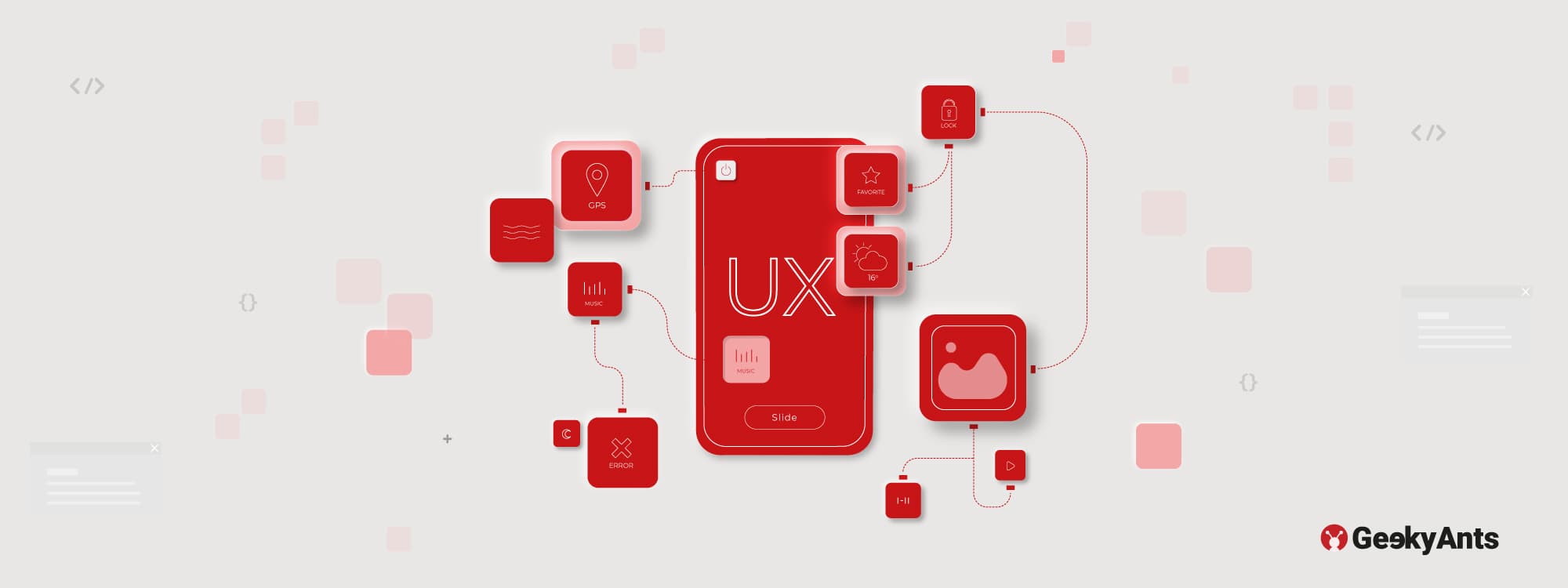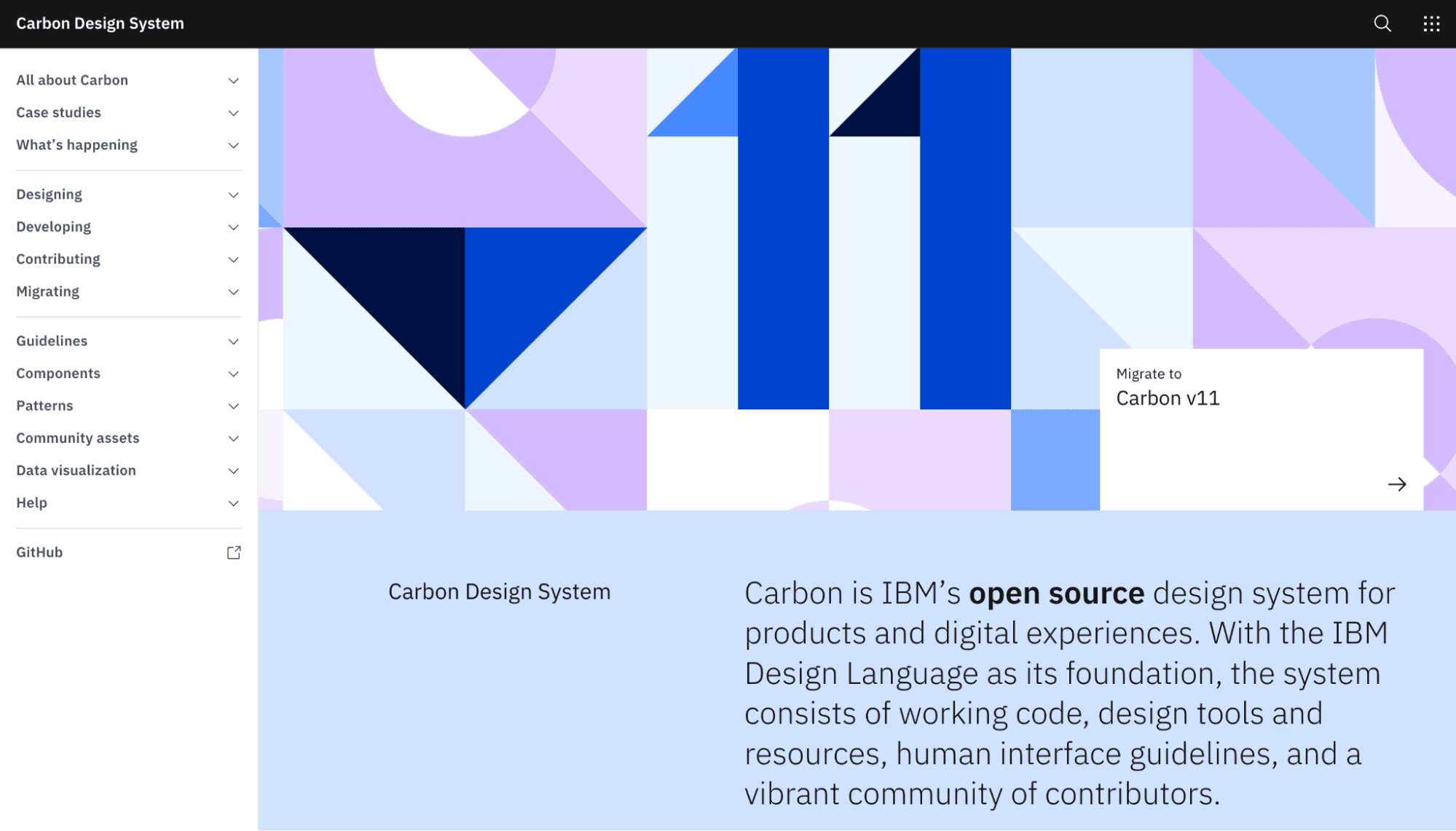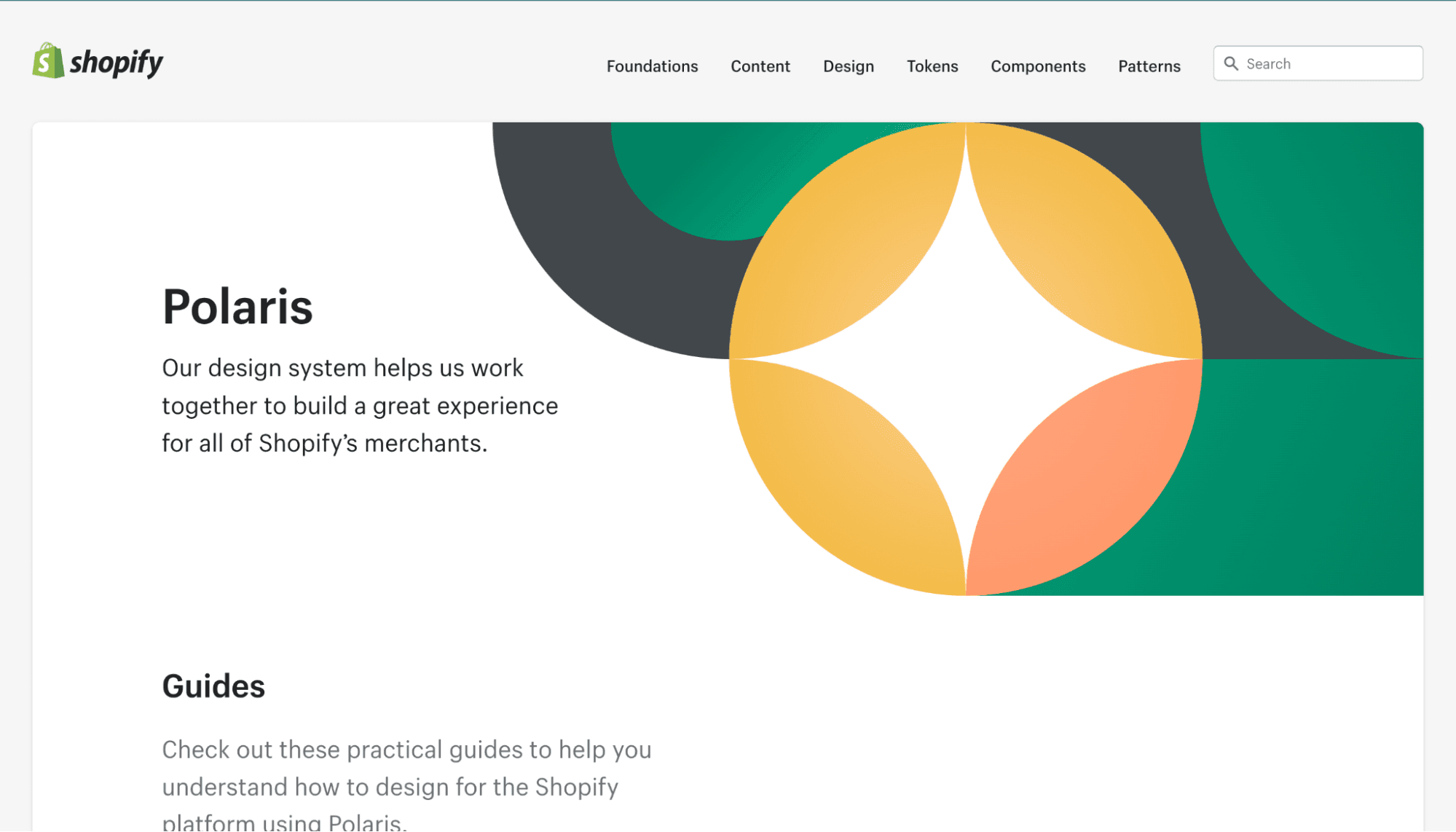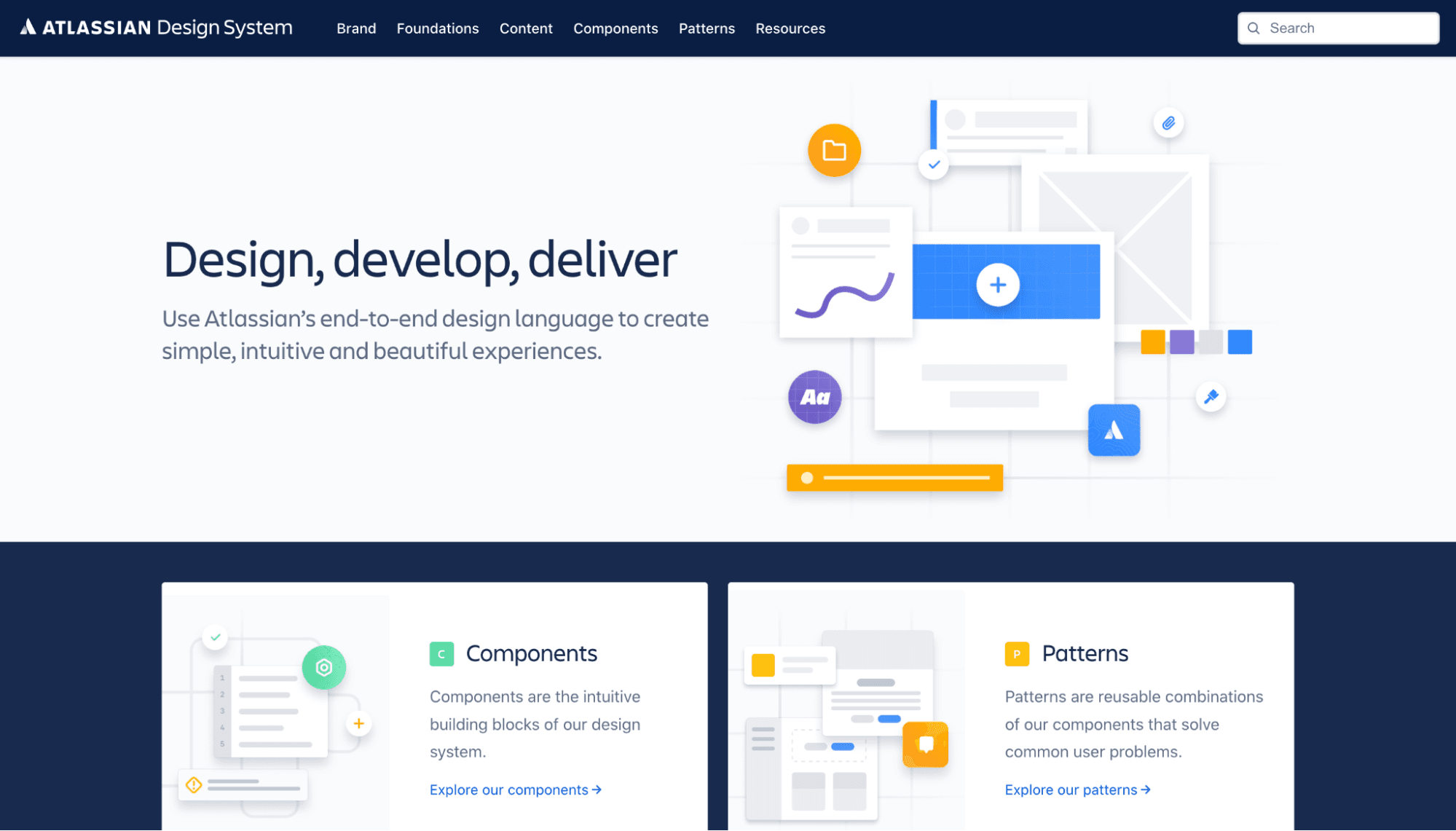Design System: More Than Just A Pattern Library
Author

Date

Book a call
A design system is a concept or set of patterns used to design and develop a digital product from scratch. Industry leaders like Airbnb, Microsoft, IBM, and Atlassian have changed how they designed their digital products by implementing unique design systems. Other companies already have a design system implemented for their team, and many more are following suit. Going ahead, every brand will undoubtedly have its own unique design system in place.
What is a Design System?
Different companies define design systems in different ways. Owing to several misconceptions, people often settle with the understanding that only having a style guide or a pattern library makes up an entire design system. But, this is not true!
A comprehensive design system is not merely a collection of the assets that a company uses to build its digital products. A company might have various components, and there can be multiple ways to assemble them to build up a product. This implies we cannot adhere to standard design practices with such distributed product building process and the outcomes might not be the same every time.
Every company needs to have a set of guidelines in the form of a single document that guides teams on how to design, realize, and develop a product. A design system ensures consistency and cohesion, and it will make design components easier to use and more transparent to discern, improving the customer experience and business ROI. Understanding the fundamentals of designs also takes the user experience a long way.
“A design system is the single source of truth which groups all the elements that will allow teams to design, realize, and develop a product.”
Why Do Companies Need Design Systems?
A product team often comprises designers, developers, product managers, and others. The process of product creation requires endless discussions and information exchange amongst all these people. For example, designing the UI of a website may include multiple discussions on the text color of buttons on every page. Implementing a design system can eliminate such repetitive tasks and speed up the process.
A design system is thus a way of having a single source of truth documenting every do’s and don’ts, hows, and wheres of using design assets. It keeps the design language consistent and gets every team member to follow the same standards across the company.
Benefits of Design Systems
1. Faster Designs
A design system lets designers and developers implement UI much quicker. Because they already have the components ready, one only needs to assemble them depending on the design requirement. This saves considerable time otherwise required to select and assemble every element of the page.
2. Consistent Designs
Designing each page from scratch can be challenging without a design system. Various components of a page need to be in line with the single design theme. For example, text colors, padding for button styles, etc. A design system allows users to simply add ‘Primary Text’ or ‘Primary Button’ to all pages to keep things synchronized. It ensures all pages have a consistent design.
3. Having Everyone On The Same Page
When we have team members join in from different fields, it’s necessary to ensure that everyone understands what they’re working on. Having a design system helps every single member of a team to be on the same page. It allows developers, designers, engineers, project managers, and clients to collaborate to share a single source of truth. Every team member is encouraged to follow the same guidelines. This centralized way makes team collaboration more straightforward and helps the team make better decisions at a faster pace. This also helps onboarding new members to the team. Instead of having long training and introduction sessions, a new member can always refer to the design documentation.
4. More Room For Innovation
With a faster design process, there is more time for innovation. Because the UI libraries are already defined and in place, a team member can focus on other aspects of the product, including the user experience and business needs.
What Does A Design System Consist Of?
The purpose of having a design system is to facilitate the work of every member of a product team. Knowing the roles and responsibilities of every team member helps align the product design process accordingly. A design system includes components that help realize the same purpose. Some of the most important components can be as follows:
Making design decisions is a regular activity during projects. While some decisions are easy to call for, some come to a competing choice. During this tradeoff, one decision needs to be chosen over the other, and the choice can be subjective, making the process very lengthy. One of the right ways to support these design decisions is by maintaining a guide with specific design principles. Design principles are value statements that advise what good design means for the team and how to achieve it effectively. It ensures consistent decision-making across the team, removing the need to debate simple tradeoffs and letting designers focus on more complex problems.
2. Brand Identity
It consists of essential visible elements of a brand, such as a logo, color, and illustrations, that identify and distinguish the brand from others. The brand's identity should be defined in line with its strategy and objectives.
It is essential to have these documented and set up rules and guidelines for everyone in the teams to use them the right way. It works as the do’s and don’ts and examples of how to use the design elements. Creating a consistent visual design among various lines of products leads to a better customer experience.
3. Components & Patterns
These are the core elements of a design system. Components can be seen as LEGO blocks, and patterns are built by combining multiple components in different combinations. These components and patterns are designed and stored to be reused. Whenever a page needs to be designed, a designer or developer will pull out these reusable components, ultimately minimizing the whole process of building a product. By reusing as many components as possible, the workflow is paced up, saves time, and avoids duplication as the elements do not need to be recreated from scratch.
4. Documentation
People often confuse themselves by differentiating the design system with a pattern library. Documentation and standards are what separate a pattern library from a design system. It describes how the product should look and feel, do’s and don’ts, UI examples, design standards, etc. Documents help designers know about the implementation and engineers about design guidelines, ensuring both parties work harmoniously and make better decisions.
Examples of Design Systems
Carbon Design System by IBM

Carbon Design System is known for its design language guided by design principles for its community. This design system is inclusive, making the products accessible to everyone regardless of ability.
Polaris Design System by Shopify

It’s a system that reflects Shopify’s global presence. Shopify is solely focused on the experience of its merchants. It makes it easy for complex businesses to manage efficiently.
Atlassian Design System

Atlassian Design System helps create a product simply and straightforwardly. It is about using personality to connect tools with people—or, as they describe it, “practical with a wink.”
Final Words
The importance of design systems cannot be overstated. They are much more than just pattern libraries. Implementing an appropriate design system can make the process quicker and simpler. It also helps every product team member align their designs with a single brand identity.
However, selecting the right design system for your product management team is tricky. Making the decision here can speed up the process and save costs. Every design system offers some unique features. Make the right decision by considering your product design requirements and brand identity.
At GeekyAnts, we help our partners create a remarkable customer experience using the best design system for their business. Let us join hands to do the same for your business.
Dive deep into our research and insights. In our articles and blogs, we explore topics on design, how it relates to development, and impact of various trends to businesses.


